Being a good neighbor used to mean following an unspoken list of polite behaviors—some of which now feel hilariously out of date. Times have changed, and so have neighborhoods. With remote work, changing family structures, and evolving social norms, many of the old “rules” just don’t apply anymore. Here are 14 once-common neighborly habits that have quietly faded away.
1. Ringing the doorbell just to say hi
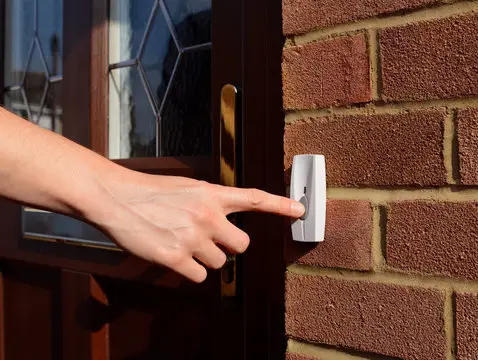
Once upon a time, popping over unannounced was seen as friendly—not invasive. Neighbors used to ring the bell for a casual chat or to borrow a cup of sugar. But these days, most people crave privacy and quiet, especially after a long day of work or parenting. Doorbell cameras and text messages have replaced the spontaneous knock, says The New York Times.
Now, even friendly neighbors tend to give a heads-up before stopping by. Social media and group chats make it easy to stay connected without standing on the front step. It’s not that people are rude—it’s just that boundaries are more respected. A quick text is the new “Hi, just dropping in!”
2. Always saying yes to a favor
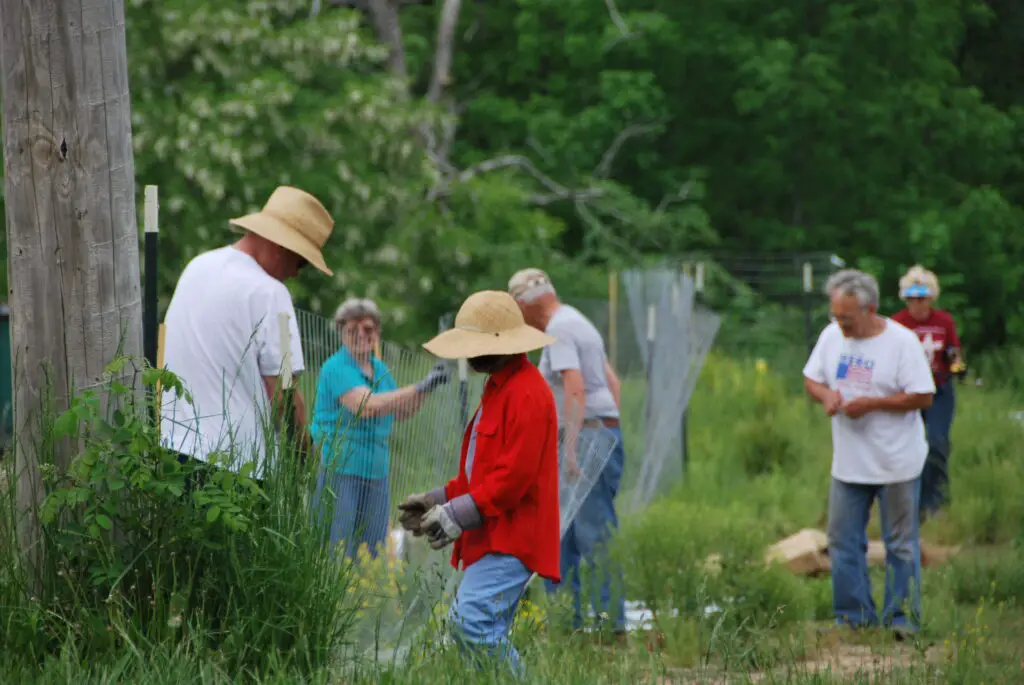
There was a time when you were expected to water a neighbor’s plants, lend tools, or watch their kids without hesitation. It was part of being a “good neighbor.” But now, people are more mindful of their time and emotional energy. According to Patch, the default answer isn’t always yes.
It’s perfectly acceptable to set limits or politely decline. Many folks have full plates and aren’t looking to take on extras. Neighbors still help each other—but it’s based on willingness, not obligation. Mutual respect has replaced blind agreeableness.
3. Keeping your lawn pristine
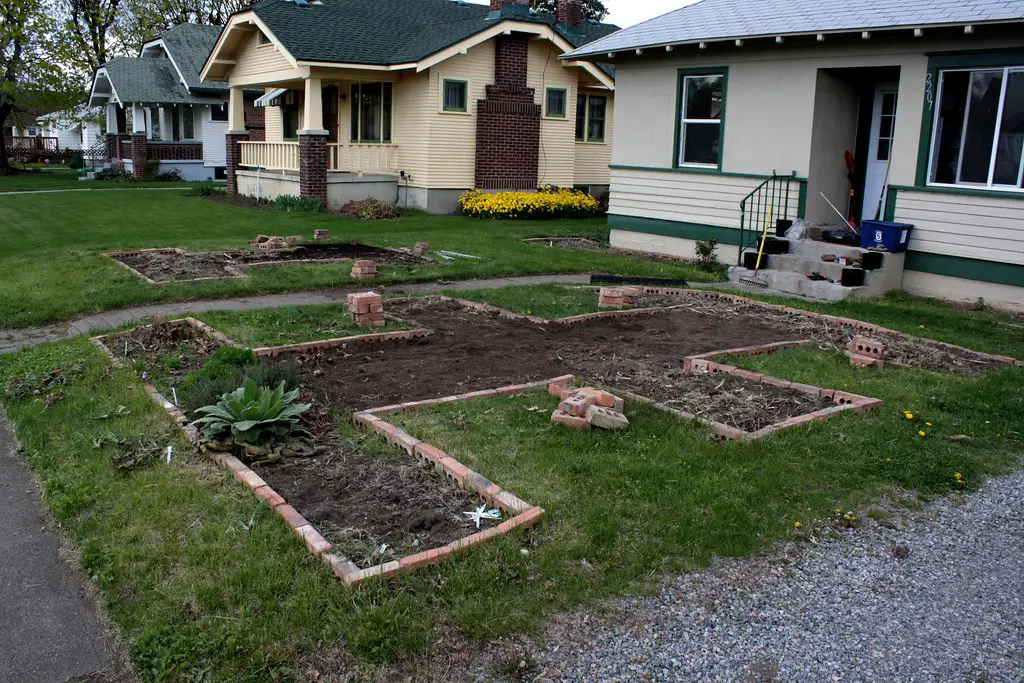
Having the greenest lawn used to be a neighborhood badge of honor. Mowing every weekend and keeping weeds at bay were just part of the homeowner playbook. But with growing awareness around water conservation and native landscaping, many are ditching the manicured look, says Laidback Gardener. Perfection is no longer the point.
In some areas, artificial turf or wildflower gardens are more acceptable than ever. A little dandelion here or there isn’t cause for side-eye. Neighbors are increasingly cool with eco-friendly, low-maintenance yards. Grass doesn’t equal greatness anymore.
4. Always answering the door for trick-or-treaters
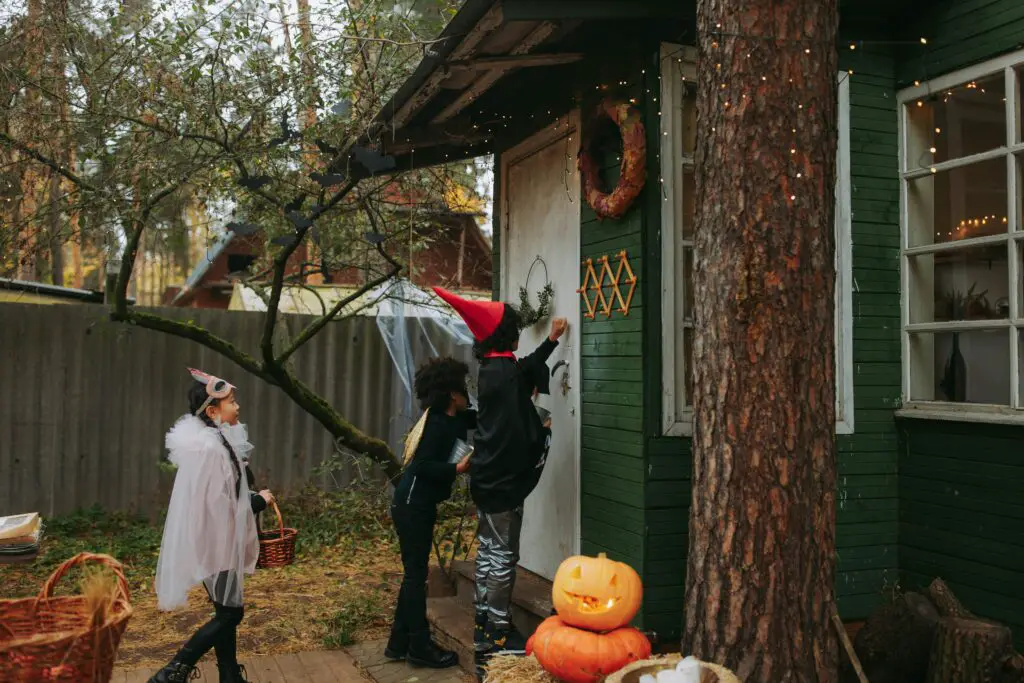
Halloween used to be a neighborhood-wide effort, with every porch light on and every adult ready with candy, notes PBS. But in recent years, many people opt out for various reasons—work, religion, or just wanting a quiet night. Trunk-or-treats and community events have replaced some of the traditional door-to-door vibe. And fewer neighbors expect full participation.
Closing the blinds or leaving a bowl out isn’t seen as rude—it’s just personal choice. Families have different rhythms and schedules. While it’s still fun to participate, it’s no longer a requirement. Halloween now has more flexibility than rules.
5. Dropping off baked goods for new neighbors

It was once the go-to welcome gift—a plate of cookies or banana bread, often wrapped in plastic and left with a smile. But nowadays, people are more cautious about homemade food from strangers. Dietary restrictions, allergies, and general food safety concerns have changed the game. A simple wave or friendly hello goes just as far.
New neighbors may appreciate a note or a recommendation for a local restaurant more than a mystery casserole. It’s still nice to welcome someone, but the way we do it has evolved. A friendly gesture doesn’t always need to be edible. People just want to feel seen—not fed.
6. Offering unsolicited help
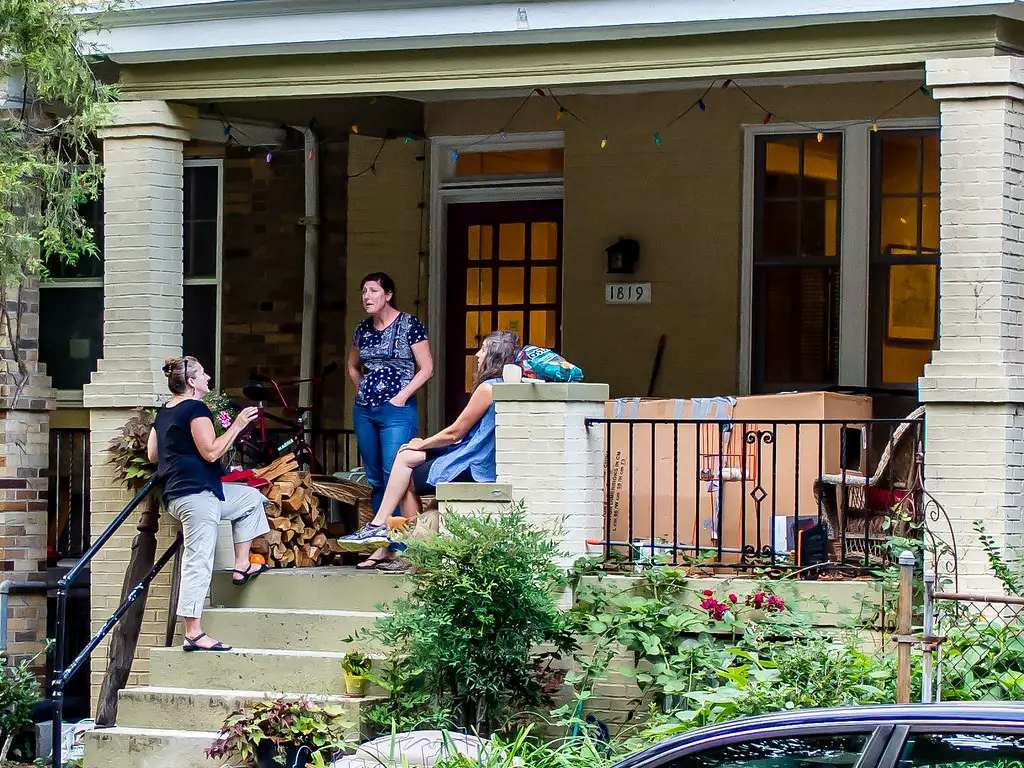
Years ago, neighbors might come over with a rake or shovel to “lend a hand” without asking. While well-intentioned, this can now feel intrusive. Today, most people appreciate being asked first before anyone jumps in to “help.” Consent and communication matter more.
What was once neighborly can now be misread as judgmental. Maybe your neighbor wants to handle their yard their own way—or at their own pace. Offering support is great, but waiting for an invitation is even better. Helpfulness isn’t about assuming—it’s about respecting space.
7. Hosting block parties
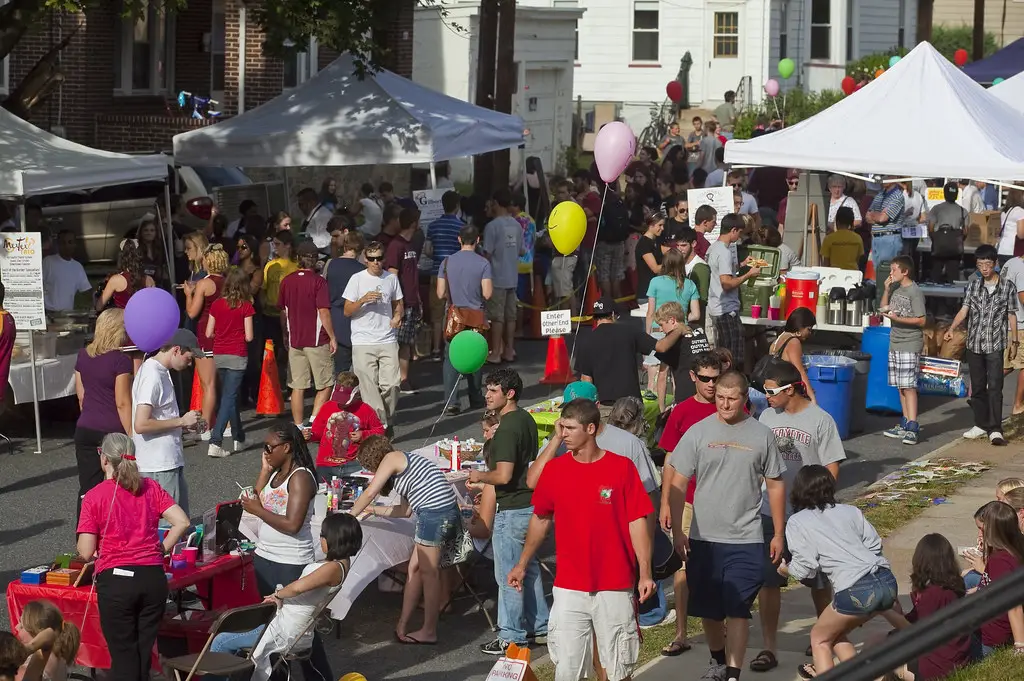
Block parties used to be the highlight of the summer: folding chairs, lemonade, and someone’s dad on the grill. But in many neighborhoods, the tradition has fizzled out. People are busier, more transient, and not as invested in large-scale social events. It’s hard to get the entire block on the same page.
Some neighbors barely know each other, and that’s okay. Smaller get-togethers or digital neighborhood groups have taken the place of giant potlucks. The spirit of connection is still there—it’s just scaled down. You don’t need a bounce house to build community.
8. Sharing landlines
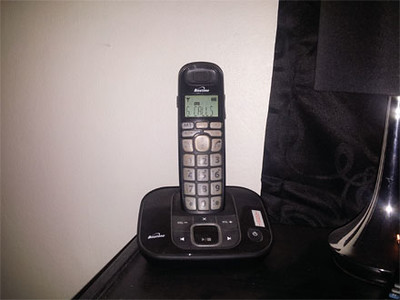
It was once common to have your neighbor’s number memorized—or even to receive calls meant for them on a shared landline system. Those days are long gone. With cell phones and caller ID, communication is far more private and controlled. No one expects you to be the neighborhood answering service anymore.
People can now text, DM, or email without involving anyone else. The modern version of a phone tree lives online. You’re not being unfriendly by keeping your number to yourself. We’ve all got our own tech now—and that’s normal.
9. Walking over instead of calling
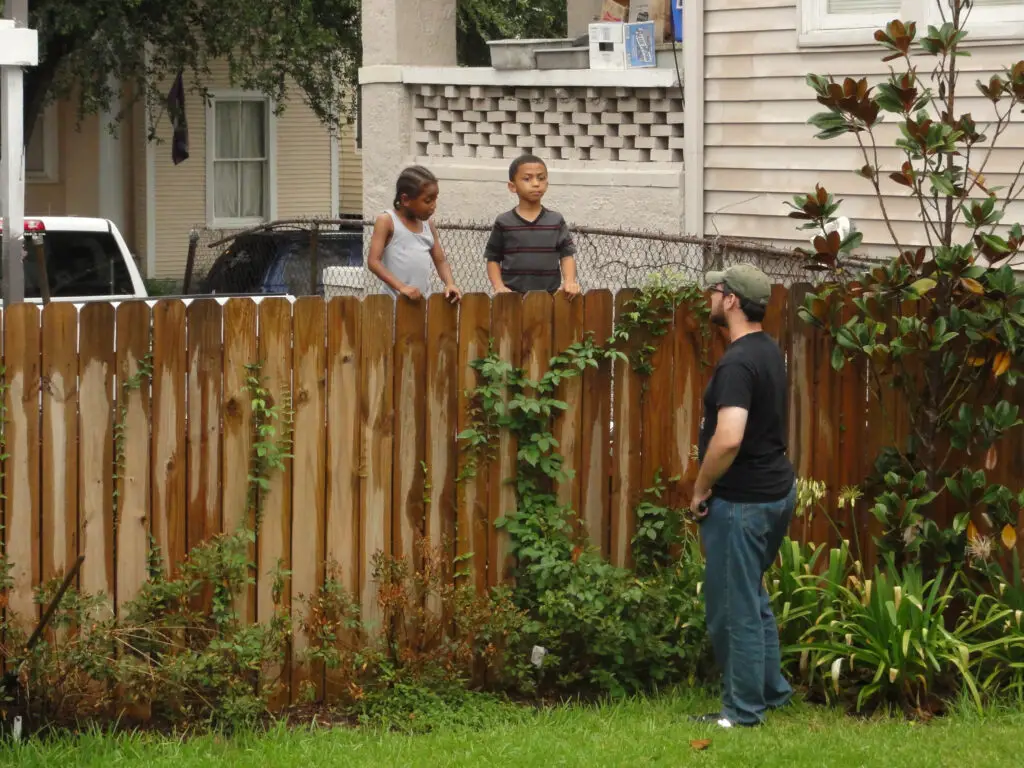
In decades past, if you needed something, you just walked over. But today, that kind of drop-in can feel invasive. People want a heads-up before someone’s at the door, even for small things. It’s all about respecting time and personal space.
Texting or calling first is the polite move now. Even for casual asks, like borrowing an egg or sharing news, most prefer a digital tap. That doesn’t make the relationship less friendly—just more considerate. Think of it as modern manners.
10. Watching each other’s kids by default

Neighborhood babysitting used to be informal and frequent. Kids ran in and out of houses, and the adults just kept a general eye on things. But today’s parents are more cautious, and childcare expectations are higher. Watching someone’s child—even for 10 minutes—usually requires a formal ask.
It’s not that people don’t trust their neighbors; it’s just about clearer boundaries. Legal concerns, safety, and comfort all play a role. Watching kids is now seen as a responsibility, not an automatic favor. It’s still neighborly—but more structured.
11. Always inviting the neighbors over
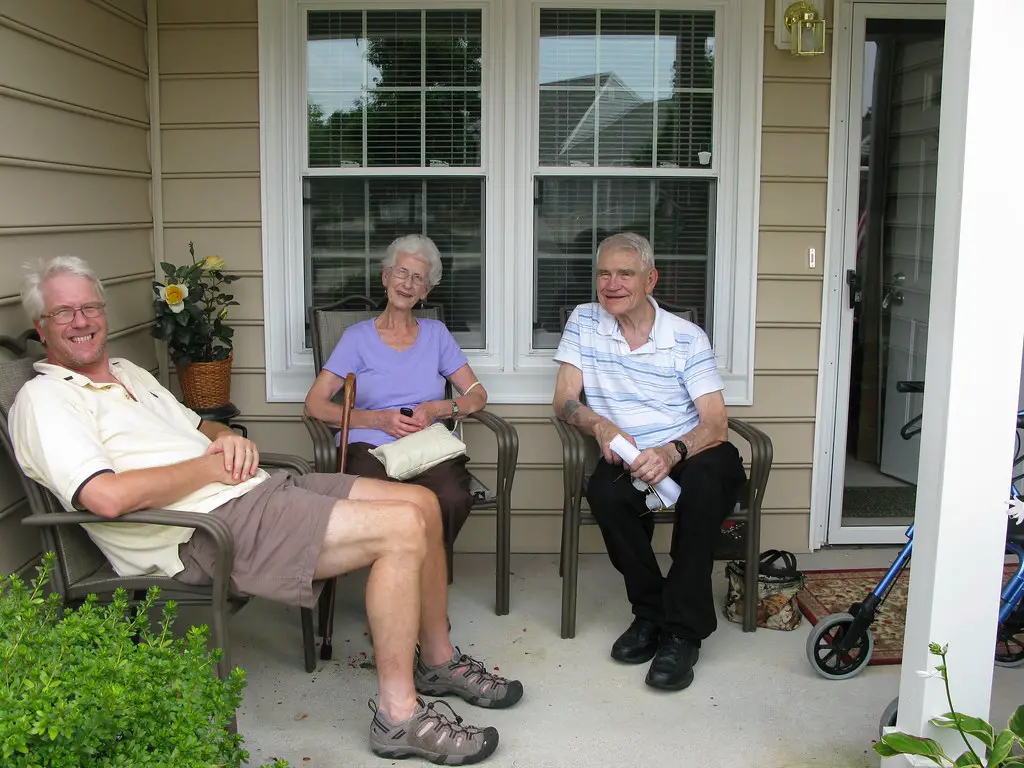
Whether it was a cookout or a game night, neighbors used to be first on the invite list. But now, social circles are more niche—and less often defined by geography. With busy schedules and different lifestyles, it’s fine to not invite the folks next door to everything. There’s less pressure to treat your neighbors like your best friends.
Agents of friendliness have shifted toward digital communities, shared interests, and intentional hangouts. Living nearby doesn’t automatically mean social compatibility. You can be friendly without being close. And that’s perfectly okay.
12. Mowing someone else’s lawn as a favor
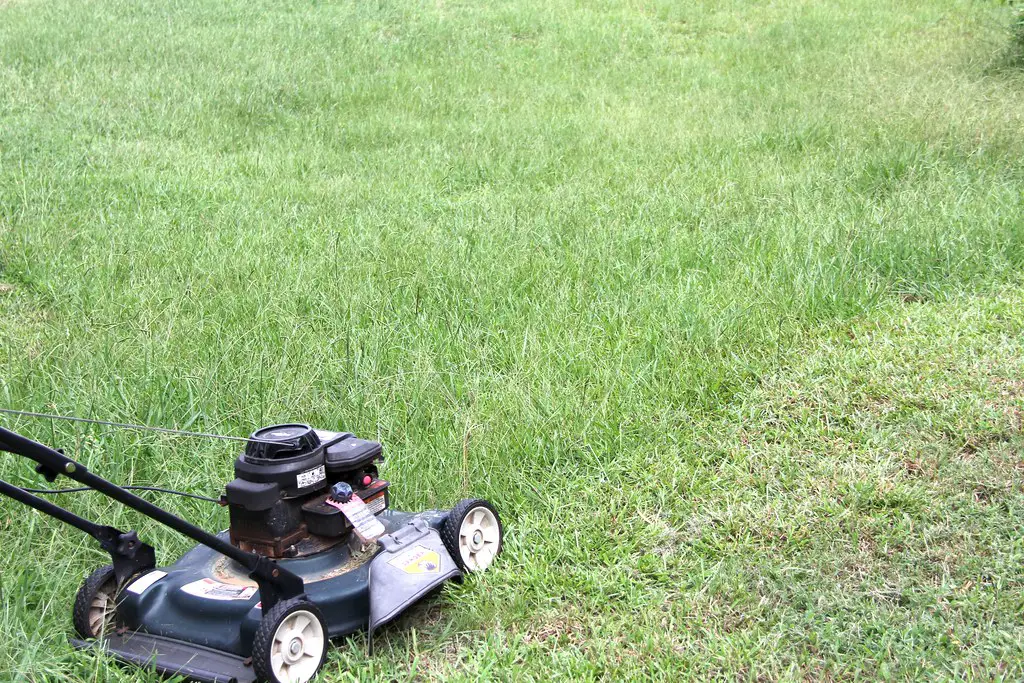
It used to be a sweet gesture—mow a neighbor’s lawn while doing your own. But now, it’s more likely to cause confusion or even annoyance. Some people are particular about how they want their yard handled. Others may see it as passive-aggressive.
Unless you’ve talked about it, it’s better to keep the mower in your own yard. Generosity is great—but should be communicated. What feels helpful to one person may feel invasive to another. Good intentions need a quick conversation first.
13. Always being home on weekends

Saturdays and Sundays were once for yard work, porch chats, and neighborly catch-ups. But now, weekends are packed with travel, remote work spillover, or much-needed quiet time. People don’t always want to chat over the fence or join in on community clean-up day. And that’s no longer considered antisocial.
Real-life demands have shifted, and downtime is precious. Being a “good neighbor” doesn’t mean being available 24/7. Respect goes both ways—even if it just means waving from a distance. Connection doesn’t have to mean constant presence.
14. Keeping quiet about issues

It used to be common to suffer in silence rather than “cause trouble” over a barking dog or party noise. But these days, many neighbors are more upfront—and that’s actually a good thing. Clear communication is replacing passive-aggressive tension. People are realizing that honesty leads to better relationships.
Real estate agents and HOAs even encourage proactive conversations before things escalate. You don’t have to tattle, but you don’t have to endure, either. Being direct is part of being respectful. Boundaries build better communities than silence ever did.
